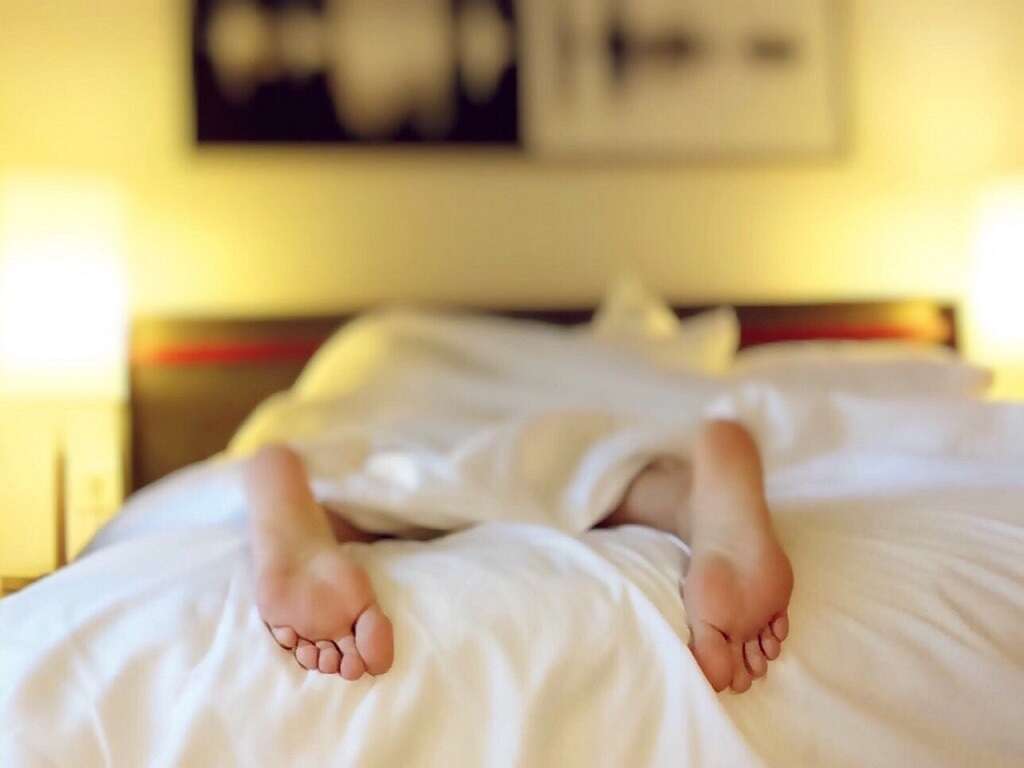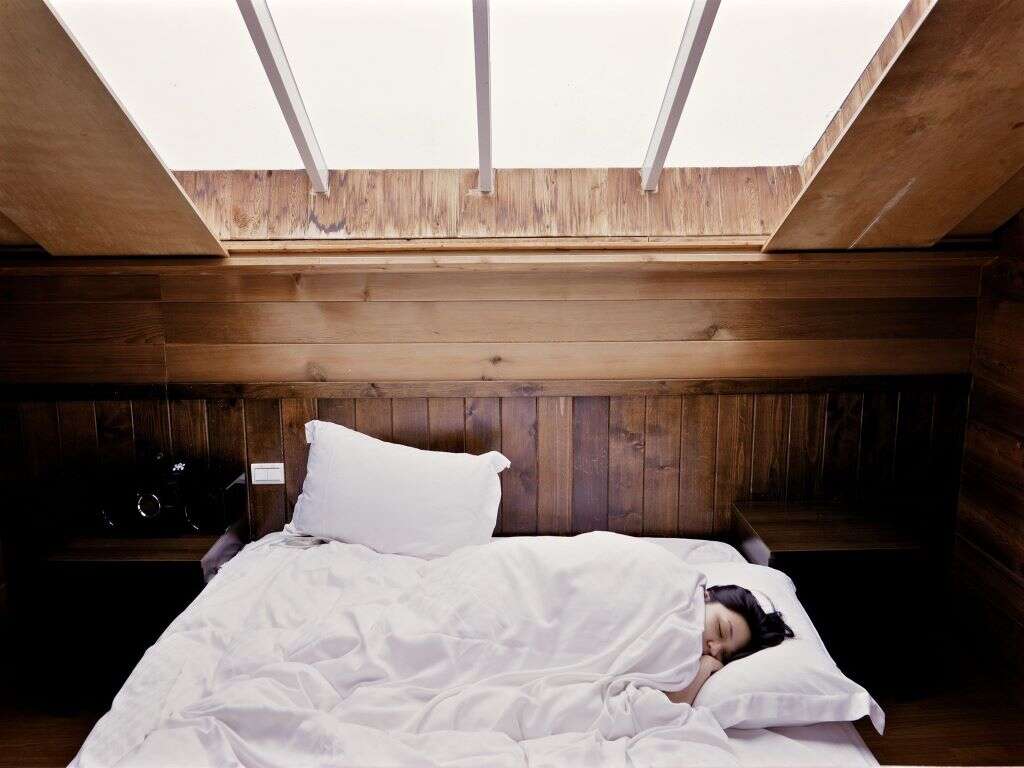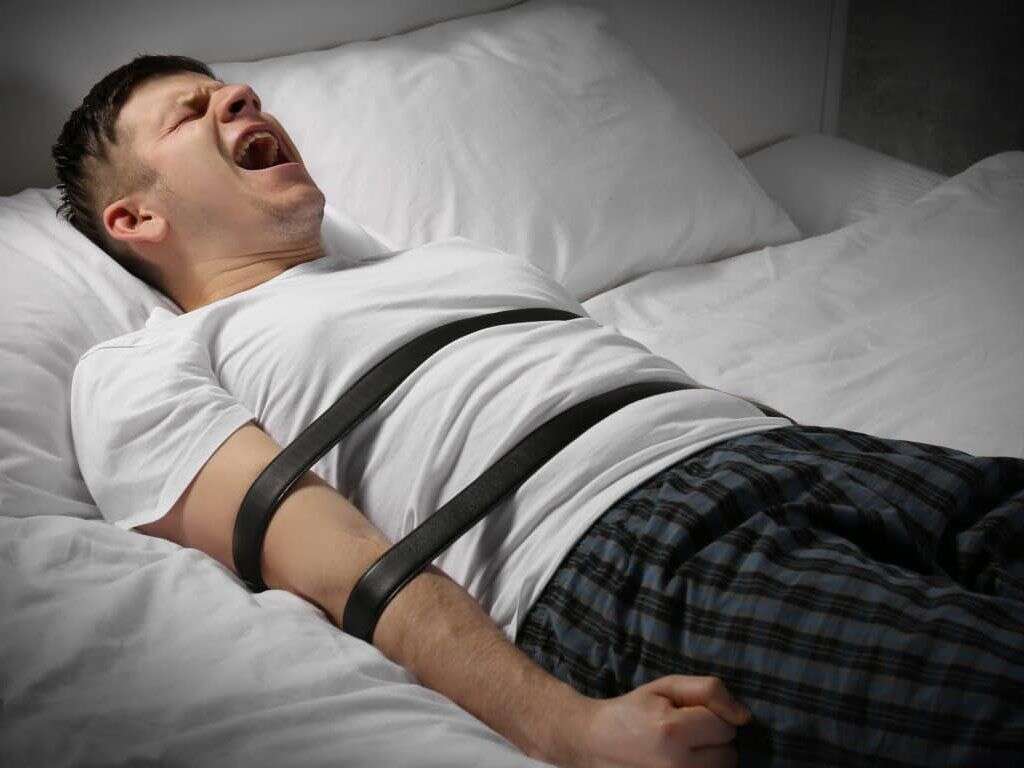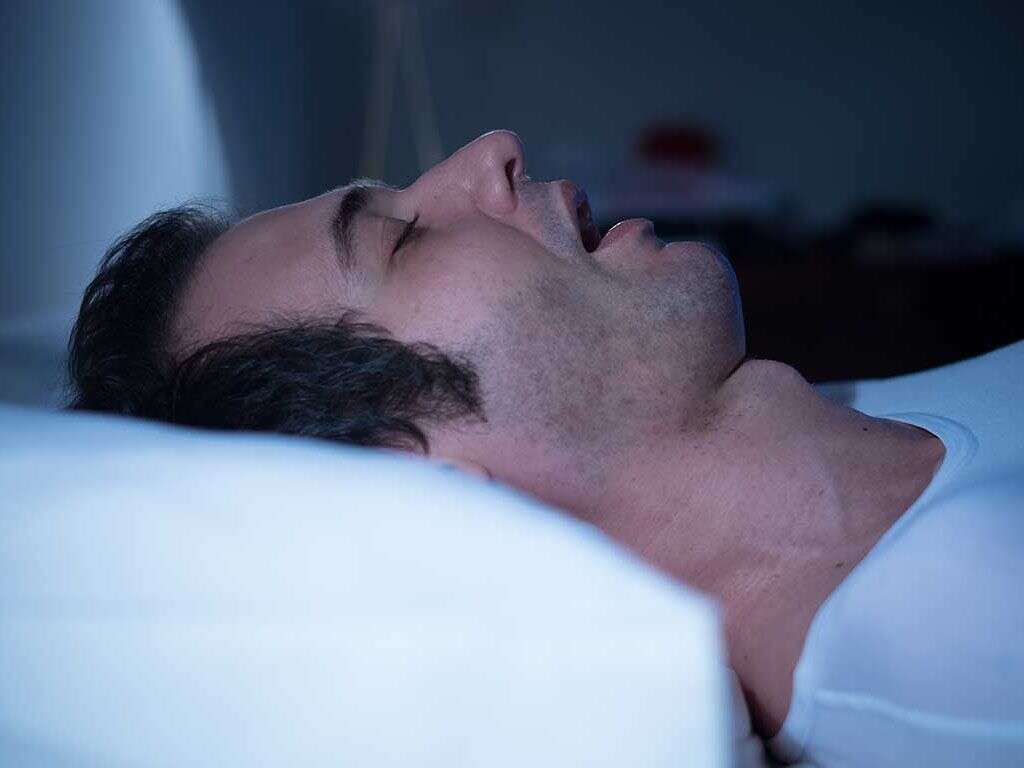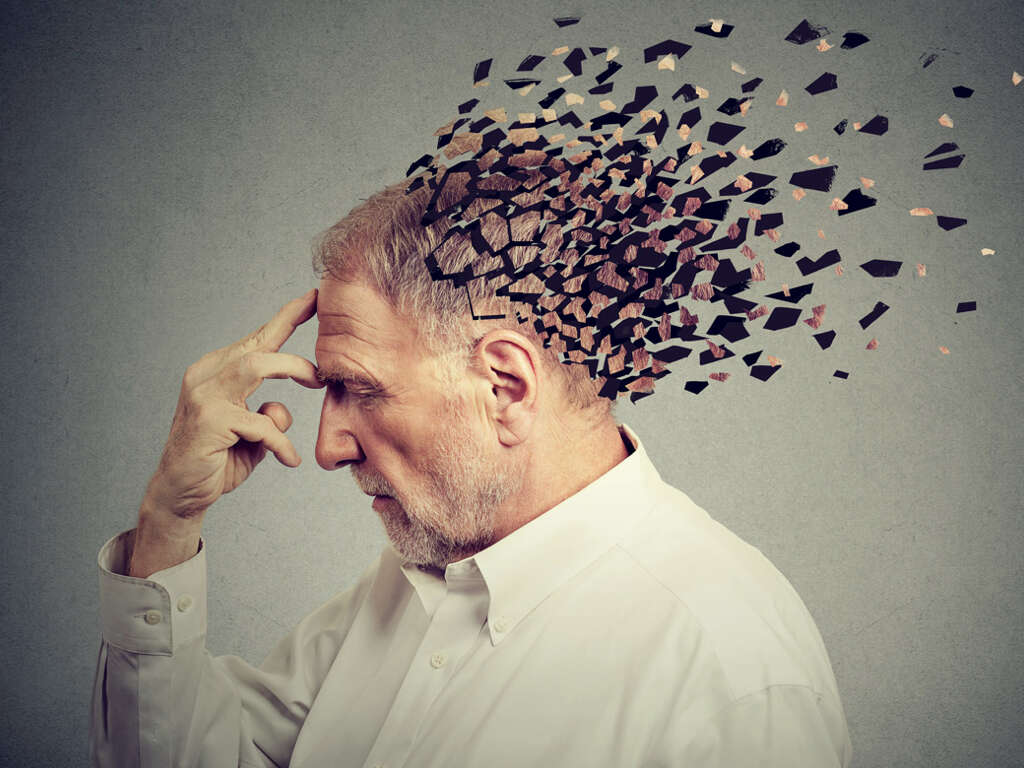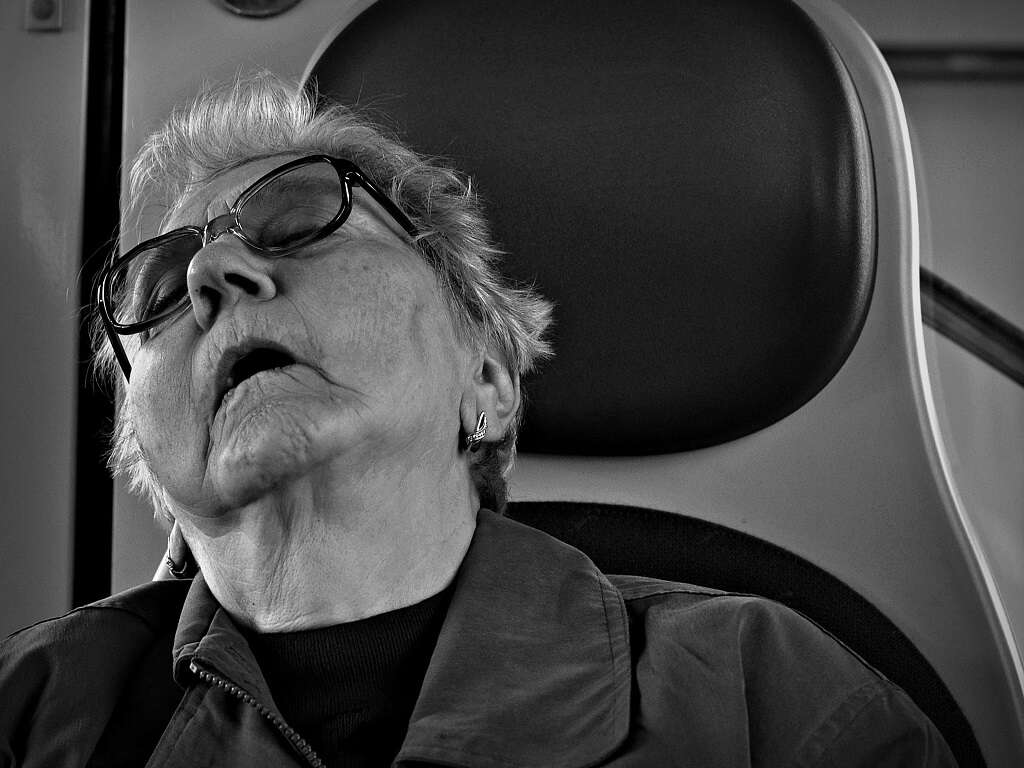10 Common Sleep Disorders
Every night when you get into bed, you should ideally fall asleep shortly. Unfortunately, you probably toss and turn for hours on end, sweet sleep so hard to come by. This may cause you to end up getting less than adequate sleep. According to available statistics, you are not alone.
The American Sleep Association says that 50-70 million United States adults have sleep disorders. These disorders affect the victims and are responsible for thousands of deaths and injuries every year as a result of accidents. Sleep disorders also cause reduced productivity besides adversely affecting quality of life. But what are these sleep disorders?
The following are the top 10 common sleep disorders:
Common Sleep Disorder #1: Snoring
Snoring is one of the most common sleep disorders affecting about 48 percent of the population. Snoring is the term used to describe the sound that some people produce as they breathe during sleep. The sound results from the vibrations of the upper respiratory structures especially within the throat and the back of the mouth. But why would these structures vibrate loudly during sleep and not during daytime hours?
This is mainly because the muscles supporting these structures, as with other muscles, relax when you sleep. When this happens, to a certain extent, these structures can get in the way and the body has to do extra work to get air past them and into the lungs. Some cases of snoring are caused by a more serious problem known as obstructive sleep apnea.
Common Sleep Disorder #2: Insomnia
Insomnia is a sleep disorder that presents with difficulty to fall asleep and the inability to remain asleep once you fall asleep. This does not mean that you have insomnia because you get an occasional sleepless night. You have insomnia if you find it difficult to fall asleep or remain asleep for at least three days in a week for three months or longer.
Insomnia can be caused by factors like stress, anxiety, depression, excessive alcohol intake and some medications. Other causes of insomnia include going to bed at irregular times, traveling across time zones, getting up at night, sleep apnea and using electronic gadgets like smartphones and tablets in bed or just before going to bed.
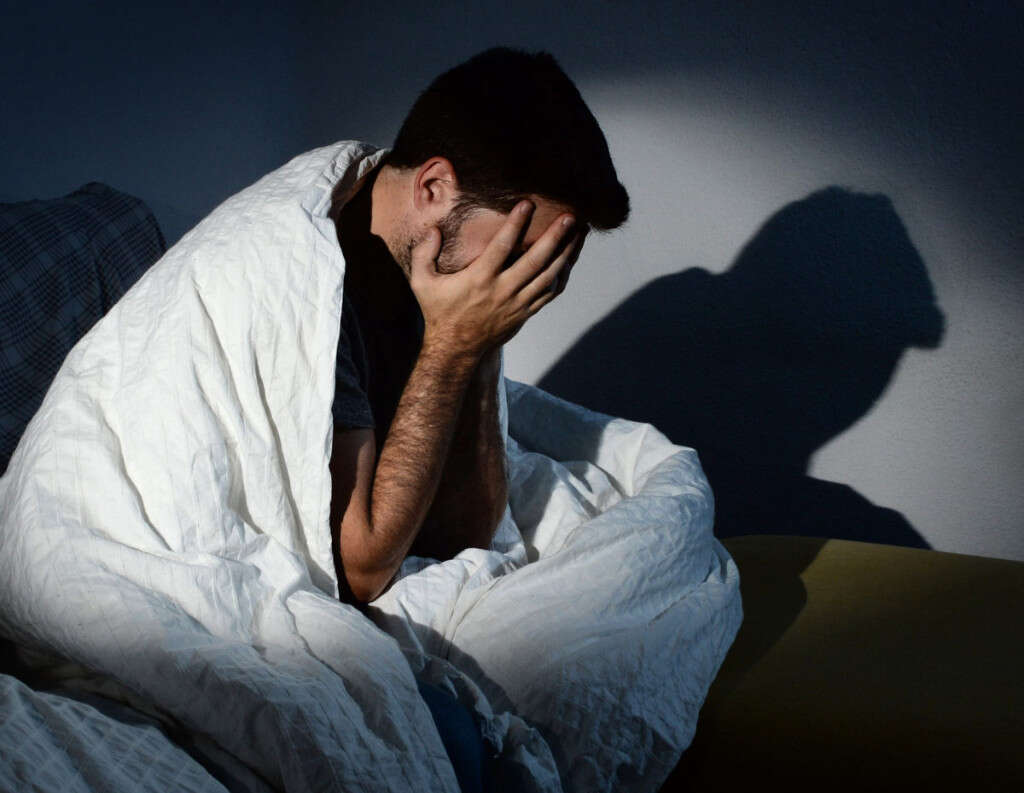
Common Sleep Disorder #3: Daytime Sleepiness
While it is normal to experience some sleepiness especially in the afternoon, excess sleepiness during the day is a serious sleep disorder that can lead to accidents including fatalities. Excessive daytime sleepiness, also called EDS, has been linked to serious accidents including the Challenger Shuttle explosion, the Chernobyl nuclear power plant meltdown, and the Exxon Valdez oil spill.
EDS has no known specific cause. EDS results from another medical condition like obesity, depression, epilepsy, restless leg syndrome and substance abuse, narcolepsy, sleep apnea and insomnia. Some cases of excessive daytime sleepiness may have a genetic component. Treatment of EDS depends on its underlying cause. In some cases, getting a little more sleep may be all you need.
Common Sleep Disorder #4: Obstructive Sleep Apnea
Obstructive sleep apnea is a sleep disorder that presents with breathing pauses during sleep. Some cases of obstructive sleep apnea can be extremely serious and lead to inadequate oxygen in the brain, irregular heart beat or even death. Obstructive sleep apnea also increases the risk of high blood pressure, heart attacks and stroke.
Sleep apnea occurs when muscular relaxation causes the structures in the upper respiratory tract including the throat and back of the mouth to constrict and cause resistance to the passage of air to the lungs. Sleep apnea is a major cause of snoring. In the case of obstructive sleep apnea, the airway is momentarily blocked, which causes a pause in breathing. The pause is broken when the brain sends a signal to restart breathing. These breathing pauses occur throughout the night and incrementally lead to inadequate sleep.
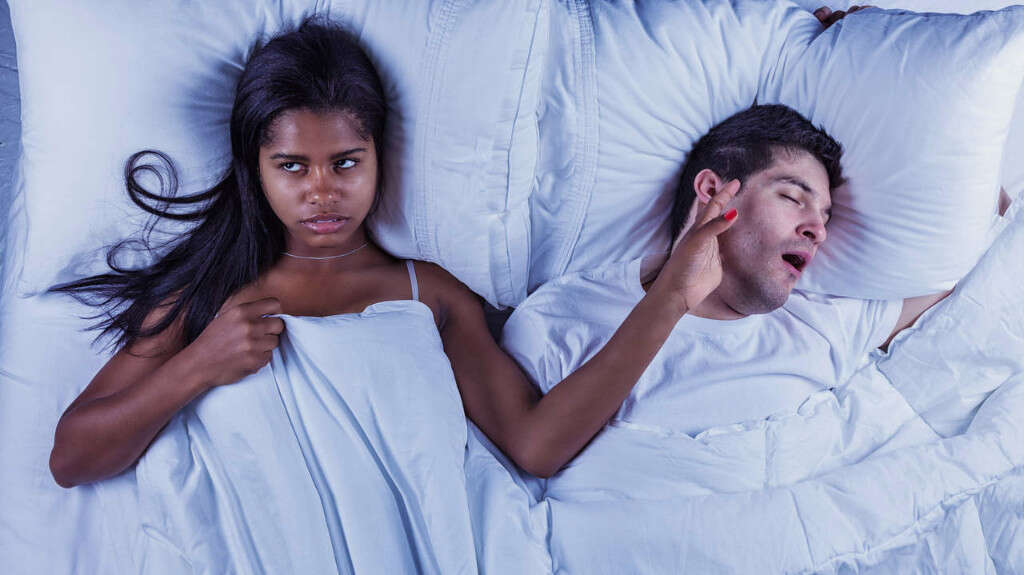
Common Sleep Disorder #5: Narcolepsy
Circadian or sleep-wake cycle is a biological clock which helps you to rest or wake up at particular times in each 24-hour cycle. It is the reason why we wake up in the morning and remain alert through the day, and sleep during the night.
Narcolepsy occurs when a person’s circadian cycle is thrown into confusion. This leads to sleepiness during the day that may go on for seconds or minutes. This exposes narcoleptics to danger especially if they drive or work with machines. Narcolepsy may also cause sleep disruptions including waking up at night. Other symptoms of narcolepsy include droopy eyelids, blurred vision and sleep paralysis.
Common Sleep Disorder #6: Sleep Walking
Whenever you walk, whether during the day or at night, you will usually be aware of your actions. However, some people may walk and carry out activities while they are still asleep. This condition is called sleepwalking. According to a study conducted by scientists from Stanford University, approximately 8.5 million Americans experience sleep walking.
According to the study, people are more likely to sleep walk if they sleep for less than seven hours a night, have sleep apnea, suffer from depression, or abuse alcohol. Sleep apnea is more prevalent in children with about 15 percent of those aged 4 to 12.
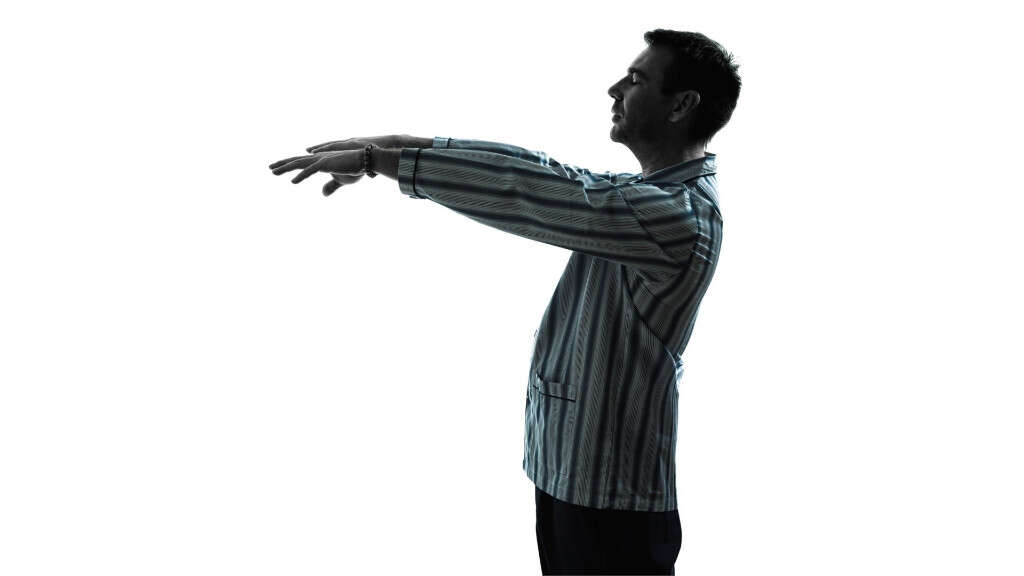
Common Sleep Disorder #7: Night Terrors
We all get the occasional nightmare, but a night terror is a more intense experience. While nightmares are scary dreams, night terrors are a disruption of sleep between different phases. They cause a lot of fear especially when they happen to children who, incidentally, are more likely to get night terrors than adults.
A child who gets a night terror may suddenly sit up in bed, scream or shout. Other symptoms of night terrors include sweating, quicker heartbeat and faster breathing. The child may also be scared, thrash around and be difficult to console. Minutes after these symptoms, the child calms down and goes back to sleep. And while children may remember the content of nightmares, they are unlikely to remember night terrors.
Common Sleep Disorder #8: REM Sleep Behavior Disorder
REM or rapid eye movement sleep is a phase of sleep during which the eyes move rapidly while the rest of the body remains still. During the REM sleep phase, your brain is in a state of vivid dreaming. During non-REM sleep, the eyes do not go through rapid eye movements. You alternate between REM and non-REM sleep.
In a person with REM sleep behavior disorder, the sleep paralysis normally present during this phase is absent or incomplete. This causes the person to act out parts of the dreams they experience, which may be intense or even violet. This can pose danger to the dreamers and sleeping partners. For this reason, a person who experiences REM sleep behavior disorder should sleep alone in addition to seeking treatment.
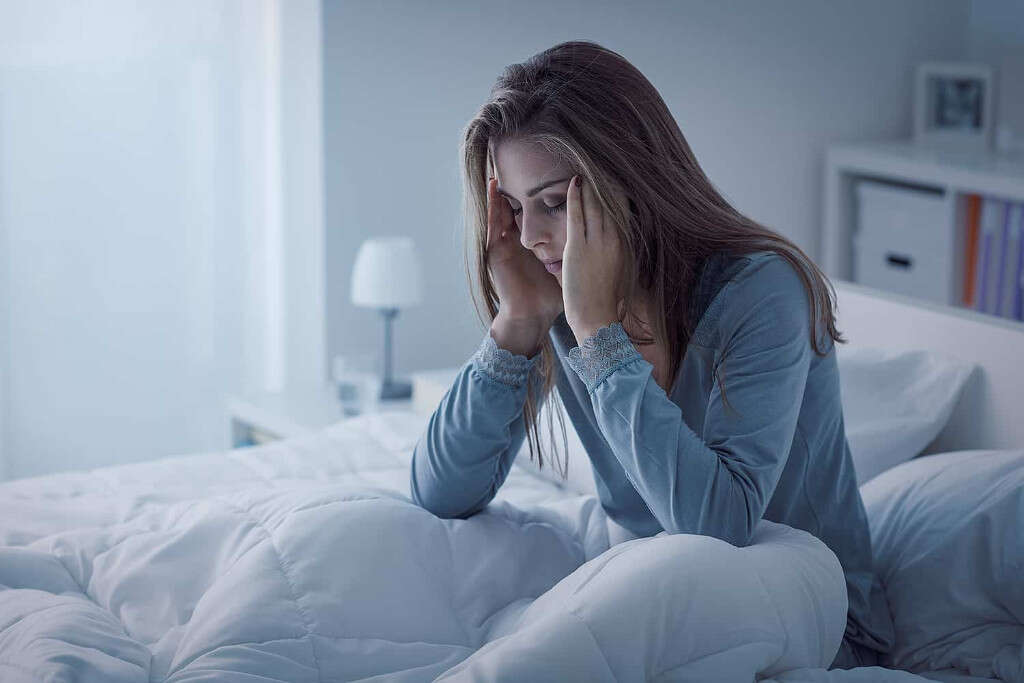
Common Sleep Disorder #9: Teeth Grinding
Teeth grinding also known as bruxism affects nearly 9 percent of the population. It is a common sleep disorder in people who have difficulty remaining asleep. The condition affects both male and female, decreases with age and may run in families. Teeth grinding is also associated with obstructive sleep apnea with nearly 25 percent of people with obstructive sleep apnea also grinding their teeth.
Teeth grinding may occur because of stress, anxiety, or dental problems. In addition to grinding teeth when sleeping, other symptoms of the condition include worn out teeth, increased teeth sensitivity, jaw pain and stiffness, headache, earache and facial pain. A person with bruxism is also likely to lose teeth.
Common Sleep Disorder #10: Restless Legs Syndrome
According to the National Sleep Foundation, about 10 percent of the United States population has restless legs syndrome, abbreviated as RLS and also known as Willis-Ekbom Disease. The condition involves a tendency to move the legs when one is at rest, including during sleep. The condition also affects two percent of children.
Studies indicate that restless legs syndrome may have a genetic component such that children with one or both parents having RLS having a higher chance of getting it. People with Parkinson’s disease also have a higher chance of getting restless legs syndrome than those without. RLS may also occur due to other medical conditions like varicose veins, iron deficiency, peripheral neuropathy, and kidney disease besides other factors such as diet.



